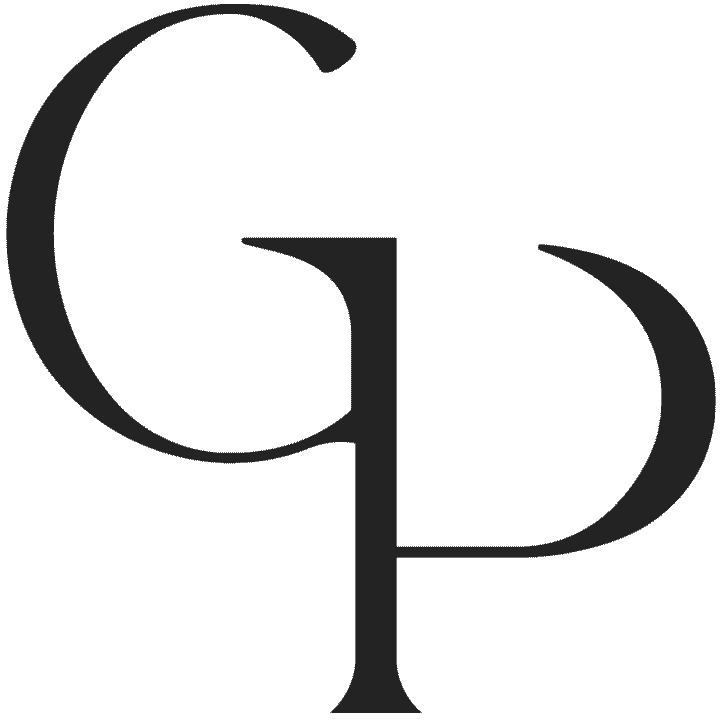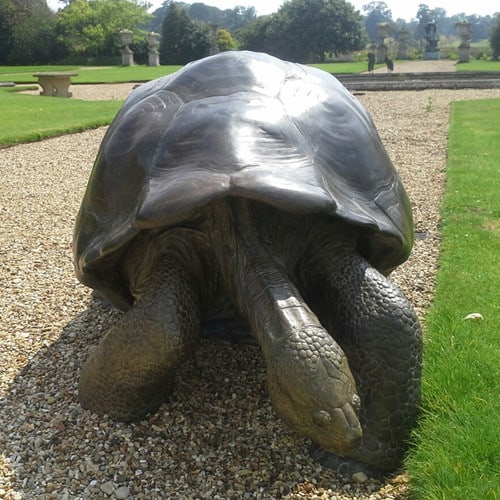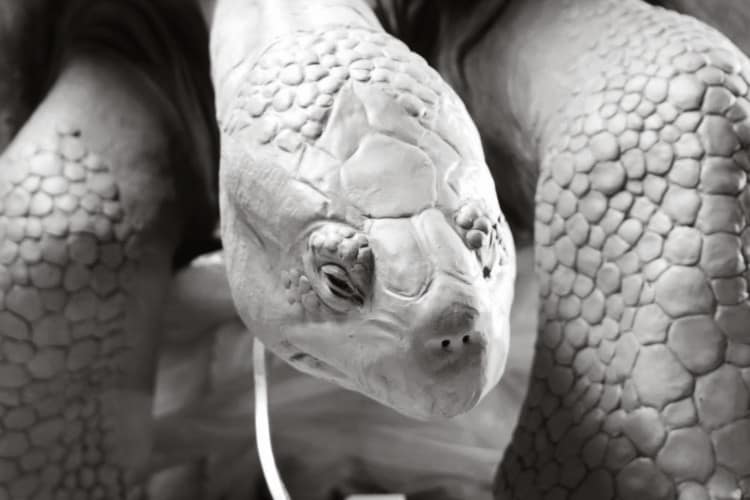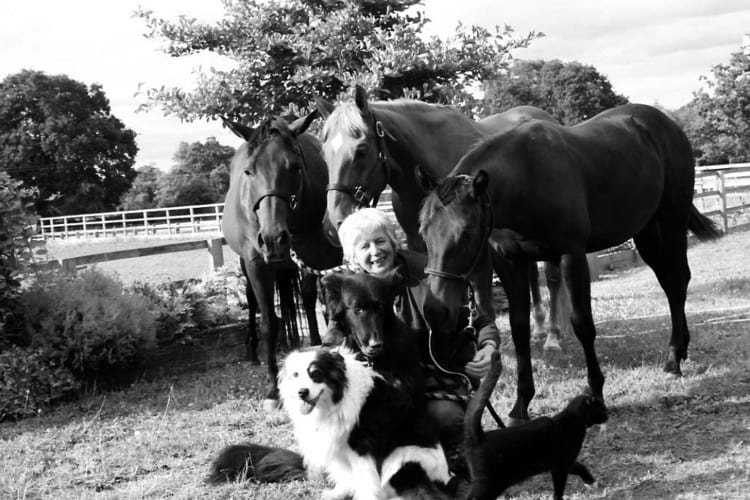by GILL PARKER
I am a sculptor working in bronze and sometimes silver. Over the years I have made every imaginable subject, but I am probably best known for my horses, dogs and wildlife. I am passionate about the whole animal kingdom as a subject for sculpture. My sculpture dons the homes of celebrities and world leaders and is in private and public collections around the world.
As a sculptor of over forty years, I am often asked about commissioning a bronze sculpture. The question is asked with a degree of trepidation and I come up against the same worries and imagined pitfalls, which I will try to address. I think that people are often intimidated about asking, assuming that the costs and whole process will be beyond them. Either that or a ‘diva of an artist will try and make them accept an interpretation, not of their choosing!
I can only speak for myself, but I’m sure most artists are realists as I am.
When someone starts to talk about a commission to me, I am very aware of the responsibility I have to not only give them the sculpture they want, but also to make the whole process as painless possible and give them something at the end which they will treasure. I make everything from a tabletop sized sculpture to life size and more and they are all a considerable financial investment. The size of the piece is the biggest contributor to the cost.
The Concept
My first task is talk with my client to establish what is wanted. Do they want a sympathetic, affectionate view of a favourite pet, or a classic portrait of their prize-winning horse? Is the sculpture to be large scale for the courtyard of a stud or residence, or smaller, for a desk or alcove. If the client has a place already picked out for the sculpture, then this may well affect the design of the sculpture. Is the requirement to add to the serenity of a garden setting or to create a dramatic focal point? A sculpture can do all of this and more and the possibilities to create a setting and /or a major central theme are endless and exciting.
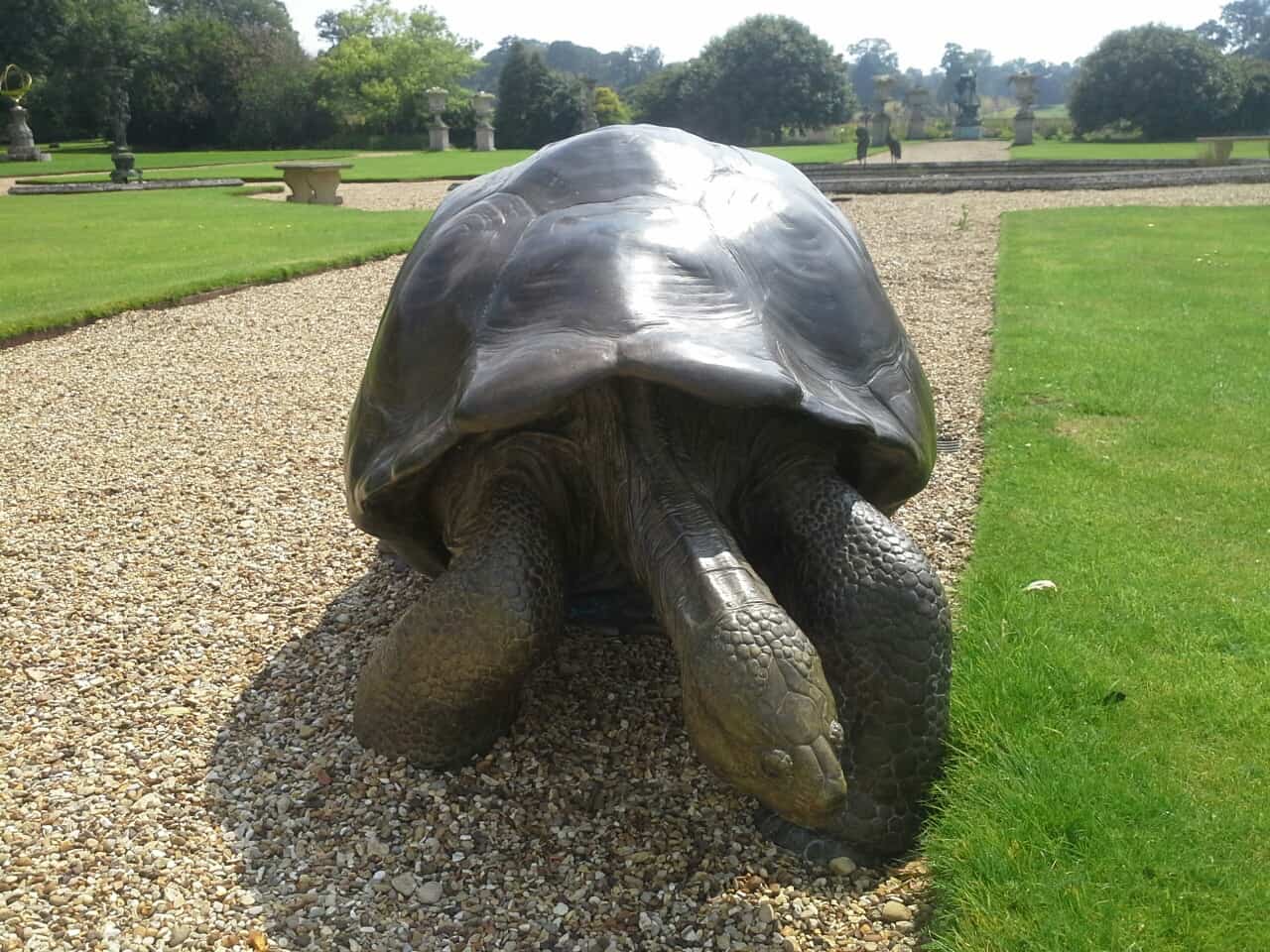
Once the setting and the desired overall effect is understood, I can start to think about the subject. As the sculptor, I am looking for the characteristics, which set the subject apart and it is important to spend the time to try and capture the spirit and character of the individual. In horse portraits, the technical aspects of conformation and type have to satisfy the knowledgeable as well as the sentimental.
I will take as many reference photos as possible and if possible I like to take a video. If a horse is to be portrayed moving, often working it on the lunge is sufficient for my needs. With any animal I will take shots of it just standing, from both sides front, back and three quarter angle. These are just for reference and will not reflect the finished piece. I like to have headshots from every angle. If it is to be a horse and rider I will take ‘mug shots’; front, both profiles and three quarter of the ‘human’ part of the sculpture. This is probably the most embarrassing part of the process for my human subjects! I emphasise that the photos I take are purely for reference, the shape of a nose or angle of a foot, and usually bear no resemblance to the sculpture. It is my knowledge of anatomy and movement, which will be used to create the sculpture.
It is interesting how some people want warts and all on the sculpture and others want to take the opportunity to hide that blemish which has always got in the way of perfection. Portraying movement in horses can hide some quite serious conformation faults, but I am adamant that even a stationary animal should have movement, nothing ever stands square and rigid and nobody wants to own a lifeless sculpture. I will discuss all these points with my client and advise accordingly. The importance of putting life into a sculpture is for me all about getting movement and expression. If the eyes don’t come alive or the animal doesn’t look like it’s ‘just about to take another step’ I feel I’ve failed and I hope that this is a characteristic of my work.
In the case of a large -scale sculpture, I will make one or more small maquettes. (I like to think of a maquette as ‘a three dimensional sketch’). In the case of large-scale work it is vital that it is well thought out before the construction of the armature. (The armature is the steel support onto which I will make the sculpture). When it is still a maquette the design can be changed or modified to get the maximum effect. I will sometimes make two different maquettes and take them both on site. This can give the client a choice and also give me a chance to see what will work best once in situ. Some clients like to be more involved in this planning stage and others want to leave it to me entirely. I am easy either way, it is most important that everyone is delighted with the result. I have got to know some clients well as they add to their collection of my sculpture and this can be very rewarding.
Once I am satisfied that I know what is wanted I will return to my studio and make a start. I am able to retain in my mind the image and traits of individual animals well and with the photos as reference, I will work to make a basic shape and movement as the first stage.
Working progress of clay model of Galapagos tortoise.
The Process
For the sake of this article I will endeavour to describe briefly how I work, taking a tabletop sized horse and rider as an example. Having collected my reference and discussed size etc. I will make a start in my studio. I will concentrate on the horse as if this is purely a horse sculpture. When I have a rough shape I will go and have a ‘sitting’ with my subject and return as often as is necessary. A horse holder is nice although not always necessary as long as the subject will co-operate and/or tie up! I have spent many an hour on a cold drafty stable with my subject. I am often drawn into a conspiracy of secrecy, when a surprise gift is the order of the day. Sometimes it resembles some sort of farce, with me disappearing through one gate as the husband, wife or child, arrives through another!


In the Paddock – Limited Edition bronze sculpture by Gill Parker.
I make the horse as a complete sculpture, then proceed to ‘dress’ it adding saddle bridle etc. It is important to have the correct, familiar tack, which I will model onto the horse with photos as reference.
Once the horse is finished and tacked up, I will start on the rider. He or she will start as a sort of ‘stick man made of wire’ and to this I build up the clay, bending the armature to shape as I go. I will model the face to some detail at this stage. I find it far easier whilst I can hold the figure in my hand. Once I am satisfied with a likeness, I will put the ‘rider’ on the horse. From then on it will be modelled as part of the horse, this is vital if I am to get the right balance and relationship between the two. This is so important if the whole piece is to work as a sculpture and pass scrutiny from the knowledgeable horse person.

Once completed in clay I will invite the client to see the sculpture before it is cast in bronze. The casting process is a whole other article, a complex and skilful process that hasn’t changed in essence in thousands of years. There is a brief explanation of this on my web site www.gillparker.co.uk The sculptures are generally in the foundry for about 6- 12 weeks depending on the size and complexity. Seeing the finished bronze coloured and polished and ready to be placed on show, can be an exciting and in some cases an emotional time for the client, at least if I have done my part correctly! It is immensely rewarding for me to create something for somebody, which they are truly thrilled with.
I love animals, finding them beautiful and full of individual character and spirit. There is so much for the sculptor to work with. When I see a ‘wooden’ sculpture or one that has been made without the benefit of knowledge and understanding of the subject, it makes me cringe. A sculpture should be a thing of beauty, to be treasured. It is an expensive item and a big undertaking. The majority of the cost is in the casting of the bronze and the casting costs are the same whether the original sculpture is good or bad. I owe it to my client to create a sculpture to stand alone without the need for explanation and able to stand the test of time: a lasting and timeless thing of beauty that will continue to be admired over generations. Capturing a likeness in bronze is a tradition, which has continued over hundreds of years. The sculpture invariably outlives the subject, and truly does leave something to ‘prosperity’!
Gill Parker with her animals at her home in Gloucestershire.
